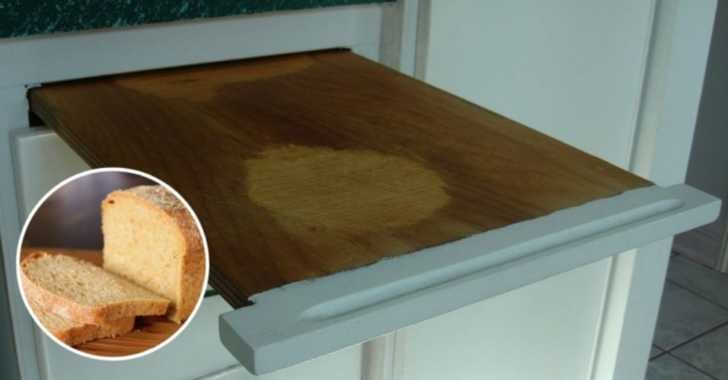The pull-out cutting board, commonly found in kitchen cabinets or islands, was originally designed to save counter space and provide a convenient, integrated workspace for food preparation.
Key Purposes:
-
Space Efficiency – In smaller kitchens, it eliminated the need for a bulky freestanding cutting board by tucking neatly into a cabinet when not in use.
-
Ergonomics – Positioned at a height aligned with the counter (or slightly lower), it offered a stable surface for chopping without requiring extra storage.
-
Hygiene & Cleanup – Many were made of easy-to-clean materials like plastic or wood, and some designs allowed them to slide out over the sink for direct scrap disposal.
-
Multifunctionality – Some doubled as additional counter space or a temporary landing spot for hot pans (if heat-resistant).
Historical Context:
Popularized in mid-20th-century kitchens (especially in the 1950s–70s), these built-in boards reflected a trend toward modular, streamlined kitchen design. Over time, they fell out of favor due to:
-
Wear and tear (splitting wood or staining).
-
The rise of larger, permanent countertops.
-
Preference for portable, dishwasher-safe cutting boards.
Today, they’re often seen as a nostalgic or space-saving retro feature, though modern versions (like pull-out butcher blocks) still exist in high-end kitchens.
Did you rediscover one in an older home? They’re handy but may need sanitizing or refinishing!
